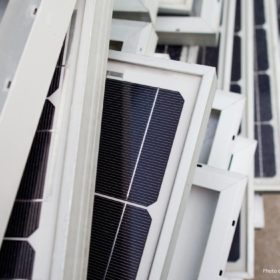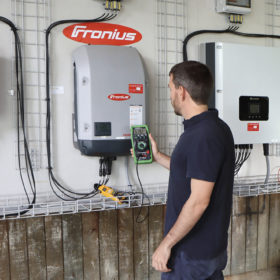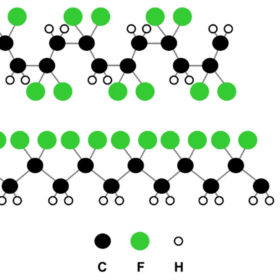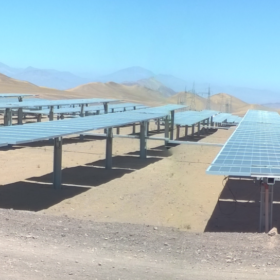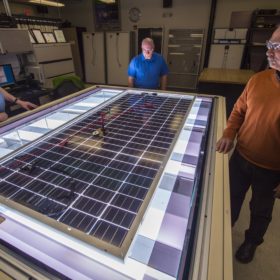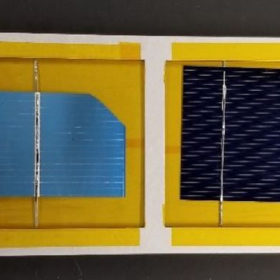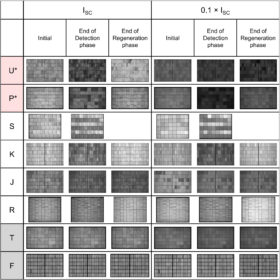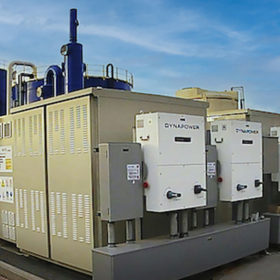Key takeaways from Solar Quality Summit Europe
This year’s edition of Solar Quality Summit Europe started on Jan. 24 in Barcelona, Spain. With Europe set to hit record solar installations in the coming years, industry stakeholders discussed how to do that quickly. Digitalization, monitoring, revamping, and technology audits were all on the agenda.
Japanese consortium launches first warranty scheme for second-life solar
Japan-based Marubeni and Sompo Japan have partnered to provide defect warranties for second-life PV modules. Marubeni will verify the traceability and authenticity of information on the panels using blockchain technology.
Weekend read: Elusive longevity
The expected lifetime of PV inverters is significantly shorter than that of modules. In many projects, inverter replacement is included in financial calculations from the start, despite the high costs. Research is being conducted into the causes of faults to develop more durable inverters and components. But plant design can already improve the lifespan of inverters in use today, reports pv magazine Germany’s Marian Willuhn.
Putting polyvinylidene-fluoride backsheets to the test
US scientists tested PV modules built with backsheets and polyvinylidene-fluoride (PVDF) layers, to replicate the degradation the material has suffered in the field of accelerated testing. By exposing the modules to multiple stresses, they were able to cause degradation in the backsheet materials. Though this did not closely match what has been seen in the field, such testing can be useful in identifying potential weaknesses.
Case study: When trackers are blown away, you can’t blame the wind
If the industry has sufficient knowledge and experience to deal with the effects of strong wind, why do trackers still get damaged and destroyed? pv magazine’s Pilar Sanchez Molina looks at a recent example in Spain with PI Berlin’s Asier Ukar.
Monitoring degradation for 13 module types
In a study that began in 2016, US scientists purchased 834 PV modules, representing seven manufacturers and 13 module types, and installed them in various climate conditions to observe their performance over time. The results show that, while plenty of opportunities still exist to extend module lifetimes and reduce performance loss in the field, reductions in the manufacturing cost of PV have not come with an increase in their degradation rate.
Role of UV in solar cell degradation
US scientists have tested a range of modern cell designs under strong ultraviolet light and have found that many of them, including p-type PERC and n-type heterojunction cells, are more susceptible to degradation than older back surface field designs. They noted that the rear side of bifacial cells may be particularly vulnerable.
Scientists, industry players reveal plans for new LETID testing standard
An international research group has published the details of a two-year project to develop reliable ways to assess light-elevated temperature-induced degradation in operational PV modules.
Schüco publishes warning due to potentially defective solar module backsheets
The PV manufacturer says there is a risk of electric shock in some of its solar modules due to defective polyamide backsheets. Products delivered between 2010 and 2012 are affected. According to Schüco, they should be uninstalled and disposed of.
Underwriters Laboratories to assess Redflow’s redox flow batteries
Underwriters Laboratories, a US non-profit standards development organization, will carry out research into the operating and safety profile of Redflow’s redox flow batteries under nominal and off-nominal conditions.

